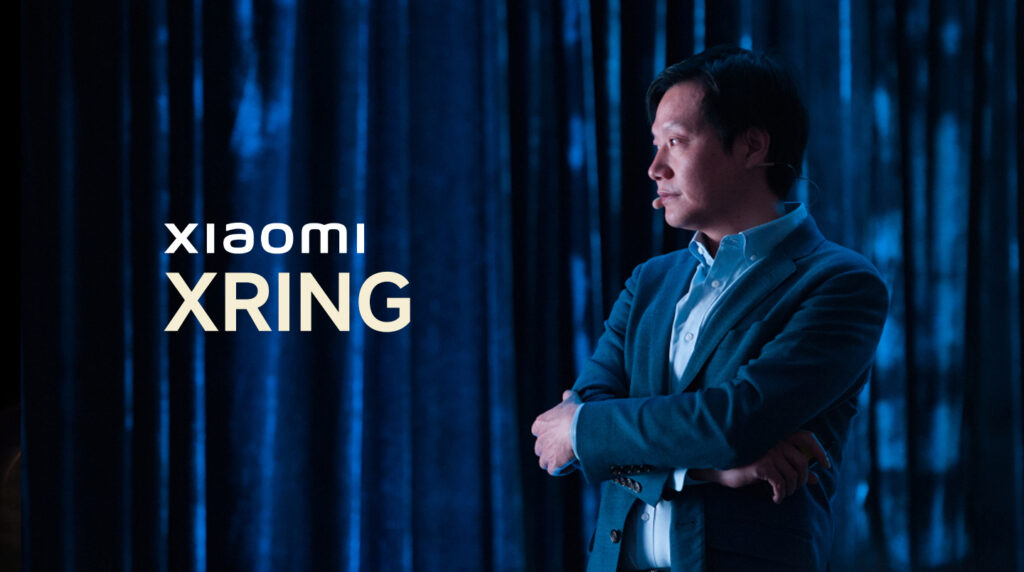This latest development shifts the course for Xiaomi’s journey of chip development into strategic positioning at the industry levels. According to sources with knowledge in industry circles 3 years ago, Xiaomi “has now launched a unit referred to as Shanghai Xuanjie Technology-backed by subsidiary arm X-Ring Limited, which in turn has invested CNY 1.5 bn-approximately 235.3 million dollars-the amount wholly registered as capital. The deal suggests that Xiaomi ambitiously wants to emulate the success of Huawei’s HiSilicon brand and may shortly introduce its line of SoCs named after Kirin.
Shanghai Xuanjie Technology: Strategic Chip Designing
3 years ago incorporated Shanghai Xuanjie Technology, a wholly-owned subsidiary of X-Ring Limited, is mainly engaged in:
- IC Design Service: Develop IC solutions for an integrated Xiaomi ecosystem.
- Chip and Product Sales: Probably proprietary SoCs, discrete semiconductor devices, and associated products.
- Semiconductor Discrete Devices: The development beyond SoCs into other imperative semiconductor components.
Accordingly, it has appointed Zeng Xuezhong, Senior Vice President of Xiaomi and the head of its smartphone business, as the legal representative of Xuanjie, aligning with the company’s drive to advance its semiconductor capabilities under experienced leadership.
A Step Beyond Pinecone: The Rise of XRING SoC
Xiaomi has shown its chip-making muscles in the past with the Pinecone subsidiary that developed in-house ISPs, or Image Signal Processors. Moving from ISPs to full-fledged SoCs marks a significant evolution in Xiaomi’s technological ambition.
The codename XRING was recently leaked in AOSP commits, with further reports suggesting that Xiaomi’s upcoming SoC will utilize MediaTek based items.
Could XRING Become Xiaomi’s HiSilicon?
Therefore, setting up a dedicated chip development company within X-Ring Limited is not very different from how Huawei once established the HiSilicon division. When all goes well, XRING is set to become a separated brand that would supply customized SoCs to an extensive ecosystem, including Xiaomi smartphones, tablets, smart home appliances, and even AIoT products.
Much like Huawei’s Kirin chips, XRING has the potential to enhance:
- Vertical Integration: Smoothening of Hardware-Software Optimization, especially for HyperOS.
- Performance and Efficiency: Manufacturing chips that correspond to Xiaomi’s needs, ranging from flagship smartphones to the IoT device-based ecosystem.
- Global Competitiveness: Reduce dependence on external suppliers like Qualcomm and MediaTek and position themselves better in innovation and manufacturing.
Why This Matters for Xiaomi’s Future
The semiconductor industry is at the core of technological innovation, and Xiaomi’s investment in XRING demonstrates its commitment to becoming a leader in this space. By creating Shanghai Xuanjie Technology, Xiaomi is positioning itself to compete with global giants like Apple, which produces A-series chips, and Samsung, which produces Exynos chips.
Besides, the in-house SoC development by Xiaomi gives it a strategic advantage in a world where global supply chains are highly under stress. That could enable the company to remain independent and flexible with its product designs.
The establishment of Shanghai Xuanjie Technology underlines Xiaomi’s serious intent to revolutionize its approach to semiconductor development. The XRING SoC is not just a technical endeavor but a strategic investment in the company’s future-with the potential to redefine how Xiaomi products compete on a global scale. If Xiaomi manages to position XRING as its HiSilicon equivalent, then it would open a new chapter in the history of the company-where Xiaomi will not only remain a device manufacturer but a key player in the semiconductor industry. The possibilities are endless, and the journey has just begun. Stay tuned for more updates on Xiaomi XRING and its groundbreaking innovations!


 Emir Bardakçı
Emir Bardakçı

